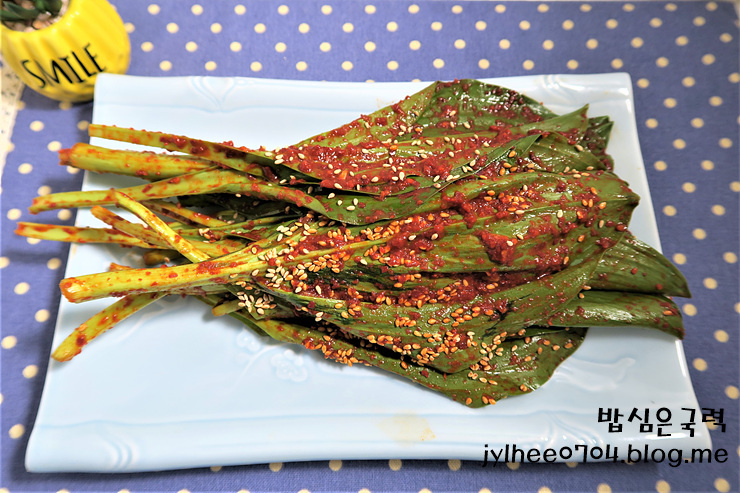
Myeongi herb kimchi
Hello? Rice is national power. Today, I'm going to make Myeongi herb kimchi
6 serving
Within 30 minutes

밥심은국력
- Ingredients
-
-
garlic leaves500g
-
Water3cup
-
Red pepper powder1+1/3cup
-
salted anchovies4TS
-
salted shrimp1TS
-
plum extract3TS
-
Starch syrup5TS
-
Sesamelittle
-
- Cooking Steps
-
STEP 1/7I'll try to make a good garlic leaf kimchi as a delicacy.
Put 2 to 3 tablespoons of vinegar in cold water and soak it for 10 minutes. When the soil subsides, rinse it three to four times to drain.
It's important to drain well. Don't pickle it with salt.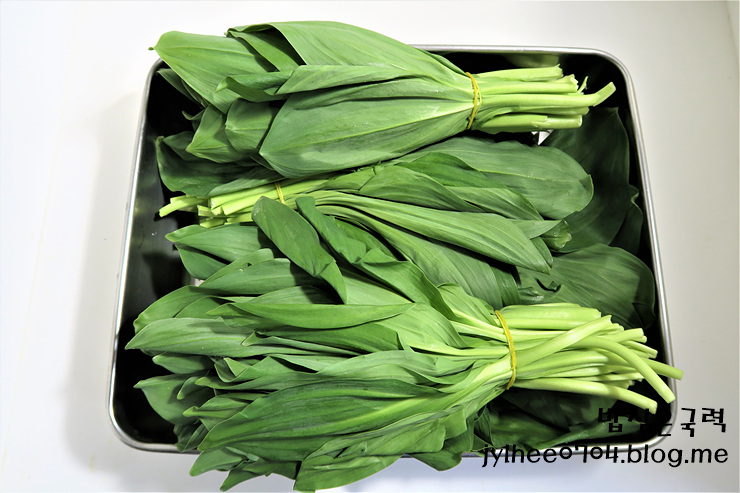
 STEP 2/7Pour 3 cups of water into a pot, boil 1 kelp pack of anchovy, and make broth.
STEP 2/7Pour 3 cups of water into a pot, boil 1 kelp pack of anchovy, and make broth. STEP 3/7Cool down the anchovy kelp stock
STEP 3/7Cool down the anchovy kelp stock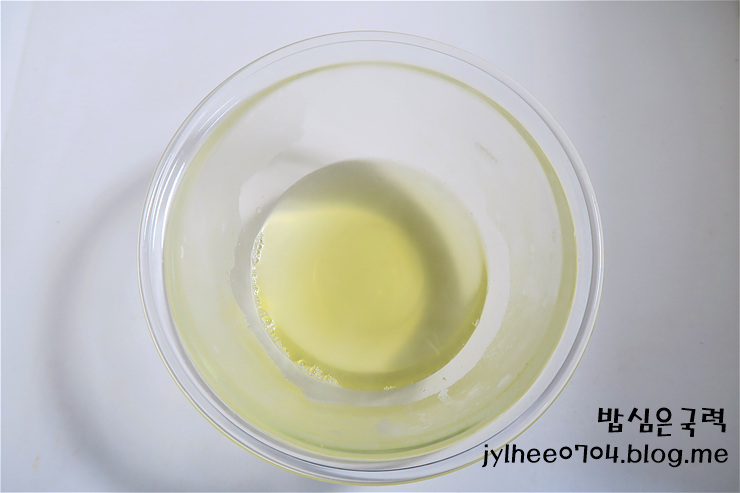 STEP 4/7Make a sauce by adding 1+1/3 cup of red pepper powder, 4 tablespoons of anchovy sauce, 1 tablespoon of salted shrimp, 3 tablespoon of plum syrup, and 5 tablespoon of starch syrup.
STEP 4/7Make a sauce by adding 1+1/3 cup of red pepper powder, 4 tablespoons of anchovy sauce, 1 tablespoon of salted shrimp, 3 tablespoon of plum syrup, and 5 tablespoon of starch syrup.
If you add starch syrup without boiling grass soup, it's simple and viscous like grass soup. When you make green onion kimchi, it's convenient to put starch syrup instead of grass soup.
Instead of sugar, add plum extract to make it sweet. I don't add garlic because it's raw garlic STEP 5/7Add the garlic leaves one at a time, add the sauce, and spread evenly
STEP 5/7Add the garlic leaves one at a time, add the sauce, and spread evenly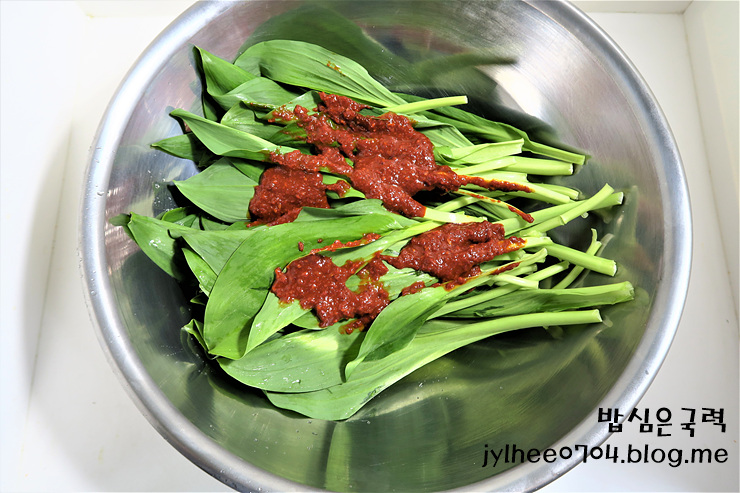 STEP 6/7Put another batch on top of seasoned garlic leaves and season them.
STEP 6/7Put another batch on top of seasoned garlic leaves and season them.
It's similar to making green onion kimchi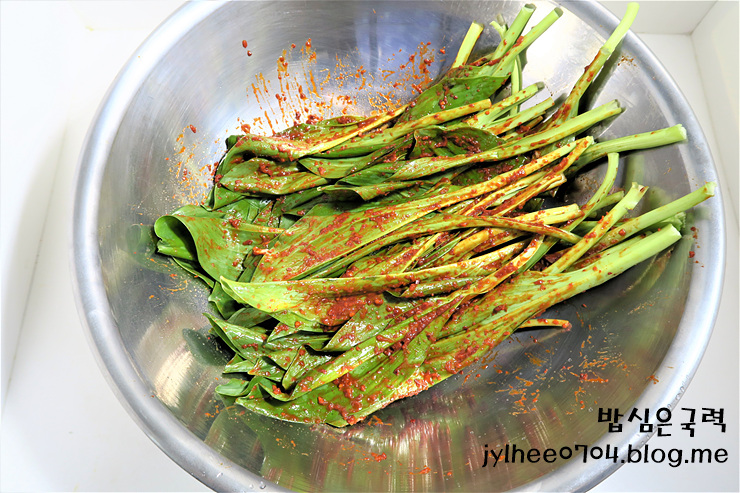
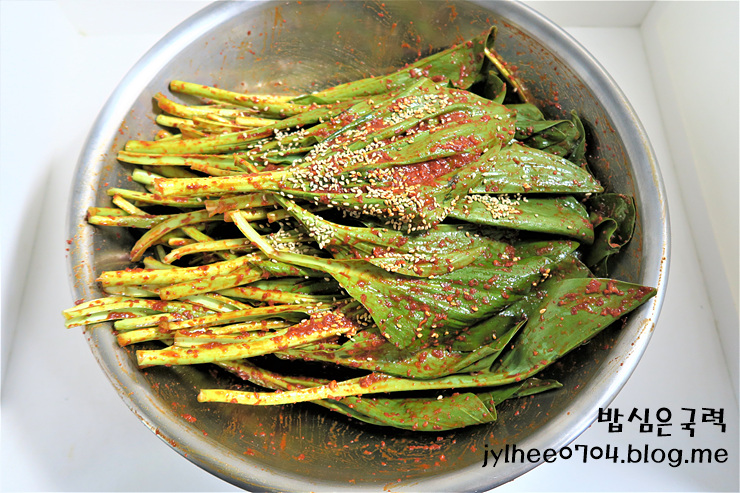 STEP 7/7When putting it in a kimchi container, put the stem in an x-shape.
STEP 7/7When putting it in a kimchi container, put the stem in an x-shape.
When the kimchi container is rectangular, it's good to put the stem in the opposite direction.
Because that's how you can hold it flat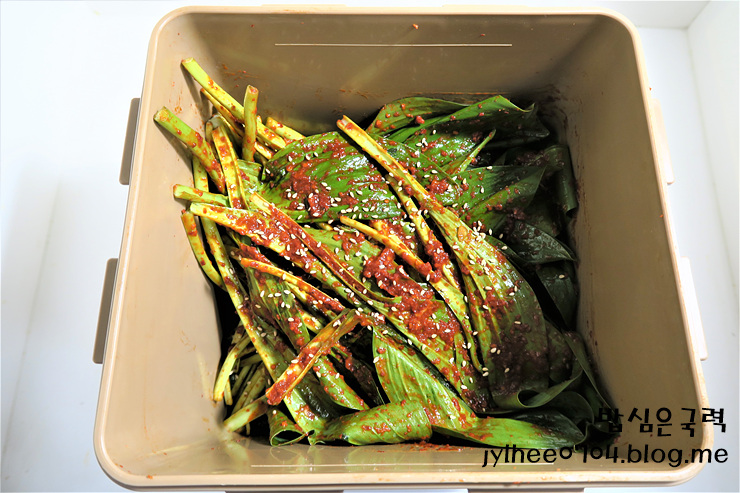 The origin of Myeongi herb is that it brightens your ears when you eat it, and it is also called Myeongi herb because it is a grass that continued your life during Boritgogae Pass. The leaves are bigger than garlic, but the taste and smell are similar to garlic. That's why it's also called mountain garlic. Myeongi herb, like garlic, is good enough to be called a nutritional tonic that is helpful for anti-cancer action and good for fatigue recovery. It has a lot of minerals and vitamins, so it helps strengthen immunity and relieve inflammation. You can eat garlic leaves with raw vegetables and meat as a wrap. It's delicious even if you make it with pickled vegetables.
The origin of Myeongi herb is that it brightens your ears when you eat it, and it is also called Myeongi herb because it is a grass that continued your life during Boritgogae Pass. The leaves are bigger than garlic, but the taste and smell are similar to garlic. That's why it's also called mountain garlic. Myeongi herb, like garlic, is good enough to be called a nutritional tonic that is helpful for anti-cancer action and good for fatigue recovery. It has a lot of minerals and vitamins, so it helps strengthen immunity and relieve inflammation. You can eat garlic leaves with raw vegetables and meat as a wrap. It's delicious even if you make it with pickled vegetables.
- Cooking review
-
5.00score
-
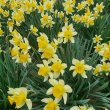
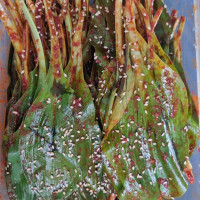 486*****scoreI put it in the recipe.. I mixed them all together and put them in a container I think it looks good and delicious I think I'm going to go with this recipe Thank you ^^2024-04-27 12:07
486*****scoreI put it in the recipe.. I mixed them all together and put them in a container I think it looks good and delicious I think I'm going to go with this recipe Thank you ^^2024-04-27 12:07
-
- Japchae Recommended recipe
-
-
1
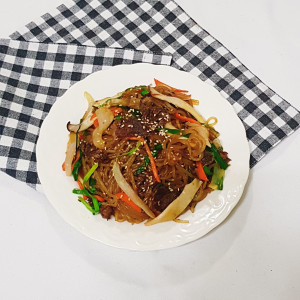 Golden recipe for japchae (It's not hard to make japchae~!!)4.92(12)
Golden recipe for japchae (It's not hard to make japchae~!!)4.92(12) -
2
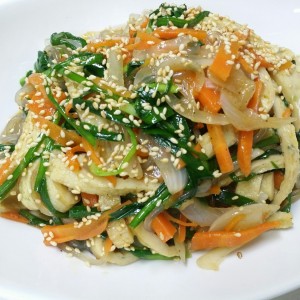 Fish cake japchae, fish cake and chives, super simple japchae4.70(27)
Fish cake japchae, fish cake and chives, super simple japchae4.70(27) -
3
 Meatless japchae (paprika japchae with only vegetables)4.88(16)
Meatless japchae (paprika japchae with only vegetables)4.88(16) -
4
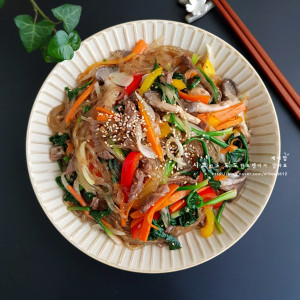 How to make japchae4.89(306)
How to make japchae4.89(306)
-
- Kimchi Recommended recipe
-
-
1
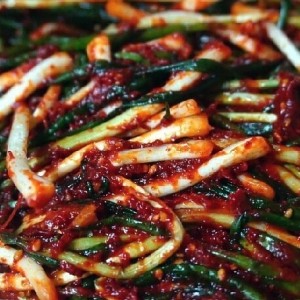 How to make it taste like green onion kimchi, a golden recipe fo4.88(42)
How to make it taste like green onion kimchi, a golden recipe fo4.88(42) -
2
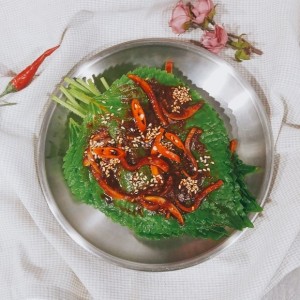 Rice thief popular side dish perilla leaf kimchi golden recipe4.97(122)
Rice thief popular side dish perilla leaf kimchi golden recipe4.97(122) -
3
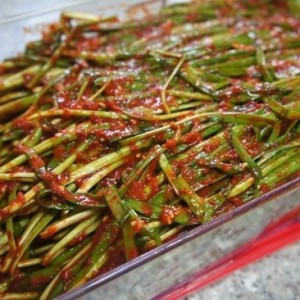 Kimchi with chives4.97(98)
Kimchi with chives4.97(98) -
4
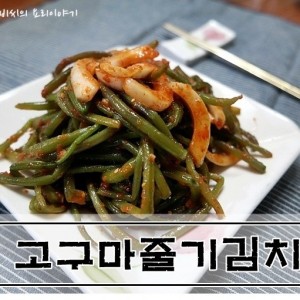 Ruby's Sweet Potato Stem Kimchi from Jeolla Province4.89(36)
Ruby's Sweet Potato Stem Kimchi from Jeolla Province4.89(36)
-